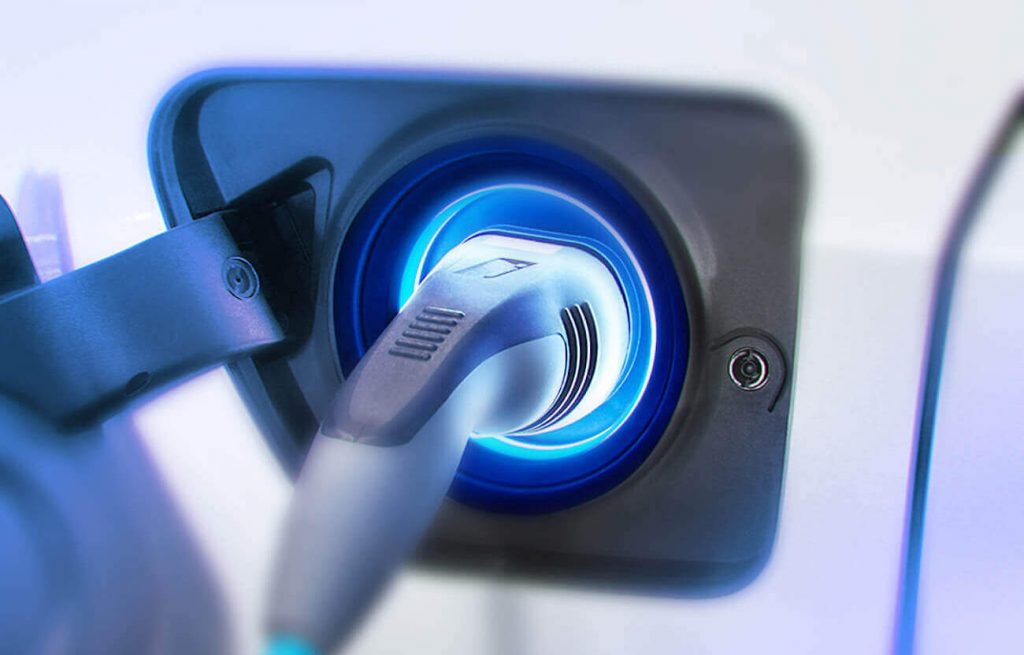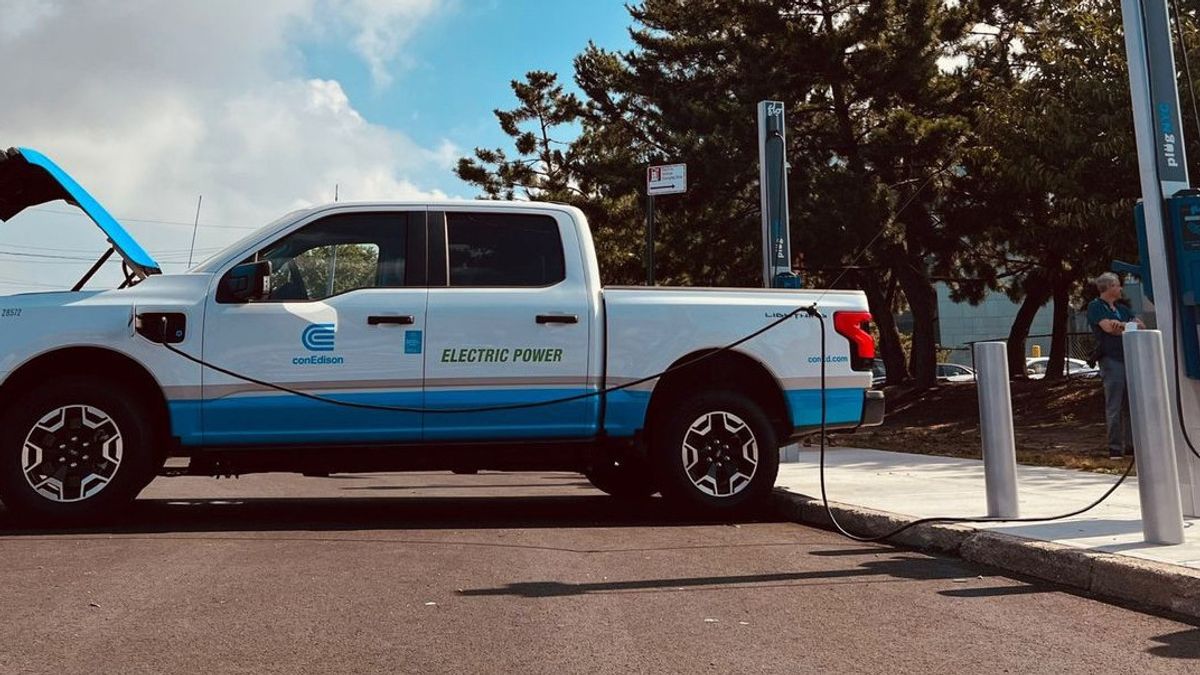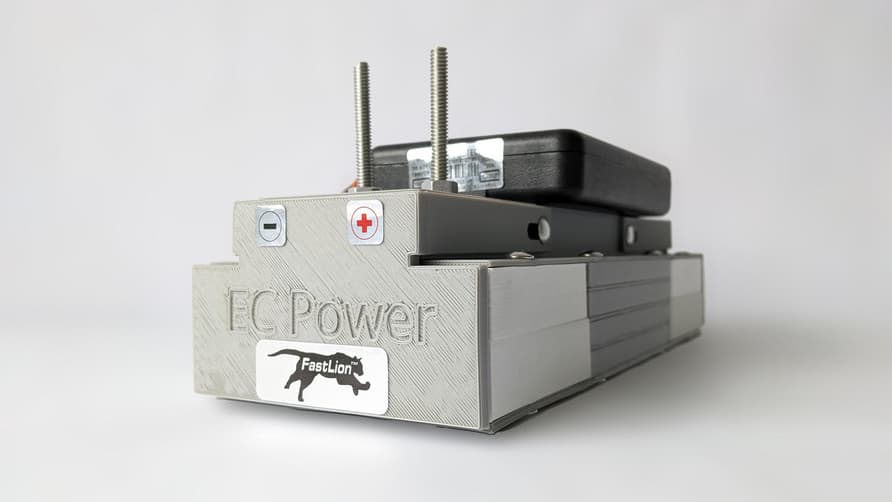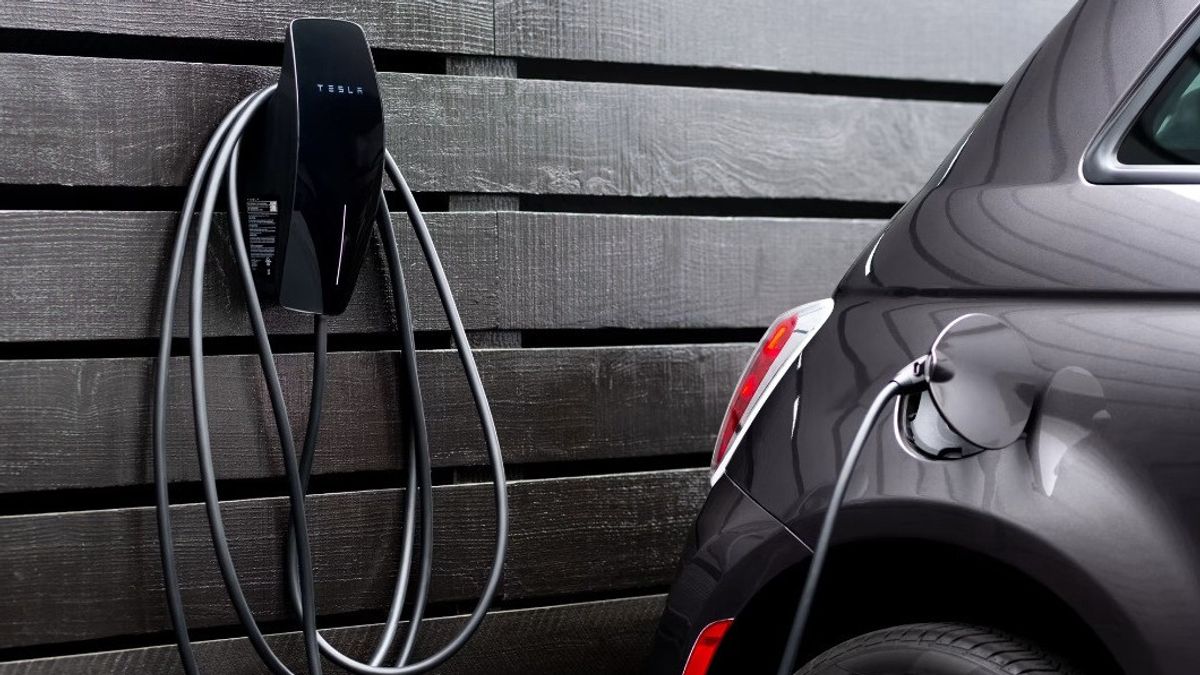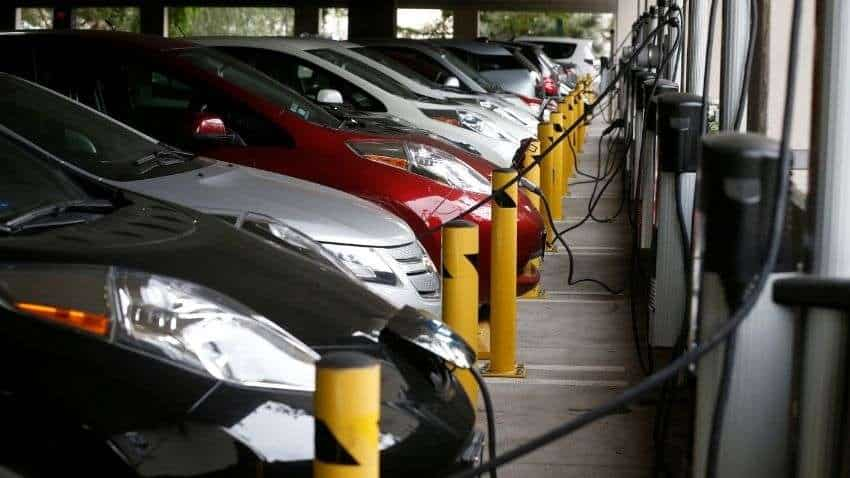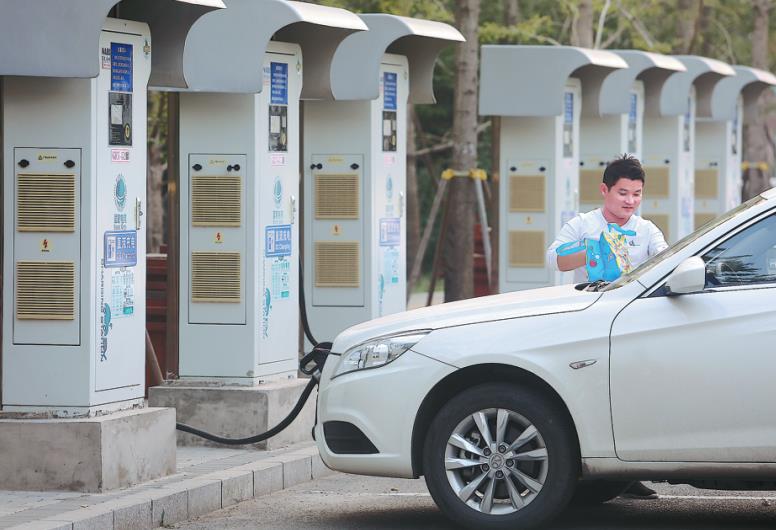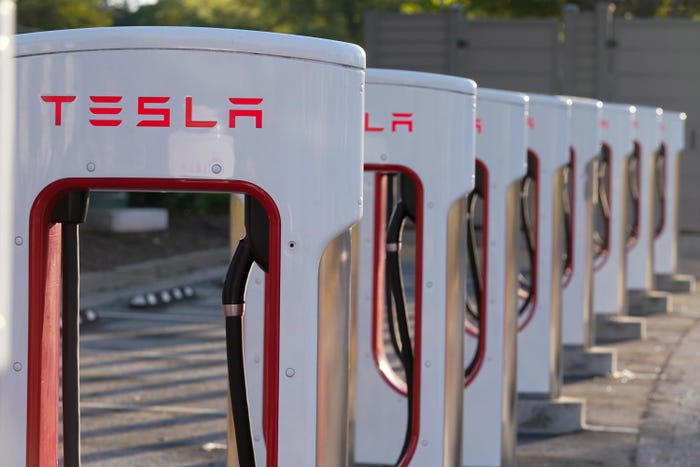NASA managed to find the latest technology to fully charge electric vehicle (EV) batteries much faster, which only takes 5 minutes. Of course, this is much faster than charging which is now widely circulated in the public.
NASA’s technology could be a game-changer for the EV industry, removing one of the main barriers, that a five-minute charge would make an EV charge equivalent to the time it would take to fill a petrol-powered car’s tank.
A solution for a five-minute charge can be found in the “Boiling and Flow Condensation Experiment (FBCE)”, a project sponsored by Purdue University to develop and focus on cooling technology in charging cables between the EV inlet and the battery.
Purdue researchers demonstrated a technique called “flow sub-cooling boil” that increases the effectiveness of heat transfer, which could aid EVs, but is actually aimed at the International Space Station.
Unfortunately, Tesla and other EV owners can’t expect this five-minute full charge technology any time soon, as it requires capacity, measured in amperes or amps, far beyond what’s currently available. However, when this technology is available, NASA technology can provide the temperature control required by the charging system.
As NASA explains, a five-minute charge requires a charging system that provides current at 1,400 amps. But, as Purdue points out, Tesla’s V3 Supercharger – which is the pinnacle of today’s EV chargers – doesn’t exceed 600 amps. Last year’s Purdue prototype showed 2,400 amps.
Therefore, the need will eventually be for a cooling system beyond the current capability of handling 1,400 amps. Using NASA’s FBCE, Purdue researchers, led by Dr. Issam Mudawar, pumps non-electric coolant through the charging cable to capture heat from the current-carrying conductor.
“Subcooled flow boiling allowed the Mudawar team to deliver 4.6 times the current of the fastest electric vehicle charger available on the market today by dissipating up to 24.22 kilowatts of heat,” NASA explains.
“The adoption of this new technology results in an unprecedented reduction in the time required to charge a vehicle and could remove one of the major barriers to worldwide adoption of electric vehicles,” he said.
Faster charge times should drive higher EV adoption, which is part of the world’s answer to achieving zero carbon emissions.
A recent report from the International Energy Agency said that EV sales reached 6.6 million in 2021, up from 120,000 in 2012, and accounted for 9% of all vehicle sales.
Chinese consumers bought 3.3 million new EVs, many of them two- and three-wheeled vehicles, while Europeans bought 2.3 million EVs, and US consumers bought 630,000.
However, in the US, EV sales are doubling their share in 2021 year-on-year to 4.5%. China is also rolling out faster charging than most of the region.
Canoo electric transporters introduced for NASA next mission to the moon

